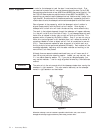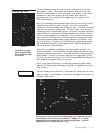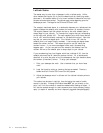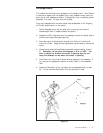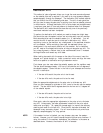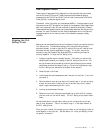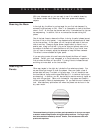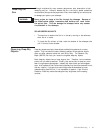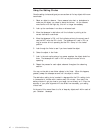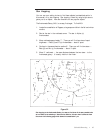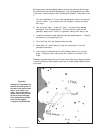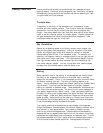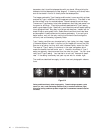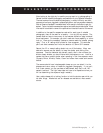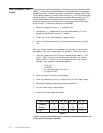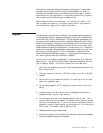
42 • Celestial Observing
Using the Setting Circles
Once the setting circles are aligned you can use them to find any object with known
coordinates.
1. Select an object to observe. Use a seasonal star chart or planisphere to
make sure the object you chose is above the horizon. As you become
more familiar with the night sky, this will no longer be necessary.
2. Look up the coordinates in an atlas or reference book.
3. Move the telescope in declination until the indicator is pointing at the
correct declination coordinate.
4. Move the telescope in R.A. until the indicator points to the correct coordi-
nate (do NOT move the R.A. circle). The telescope will track in R.A. as
long as a motor drive is operating and the R.A. clamp is in the locked
position.
5. Look through the finder to see if you have located the object.
6. Center the object in the finder.
7. Look in the main optics using a low power eyepiece; the object should be
there. The telescope will track in R.A. as long as the motor drive is
operating.
8. Repeat the process for each object observed throughout the observing
session.
You may not be able to see fainter objects in the finder. When this happens,
gradually sweep the telescope around until the object is visible.
The declination setting circle is scaled in degrees while the R.A. setting circle
is incremented in minutes with a marker every fifth minute. As a result, the
setting circles will get you close to your target, but not directly on it. Also, the
accuracy of your polar alignment will also affect how accurately your setting
circles read.
At the end of this manual there is a list of deep-sky objects well within reach of
your Celestron telescope.



